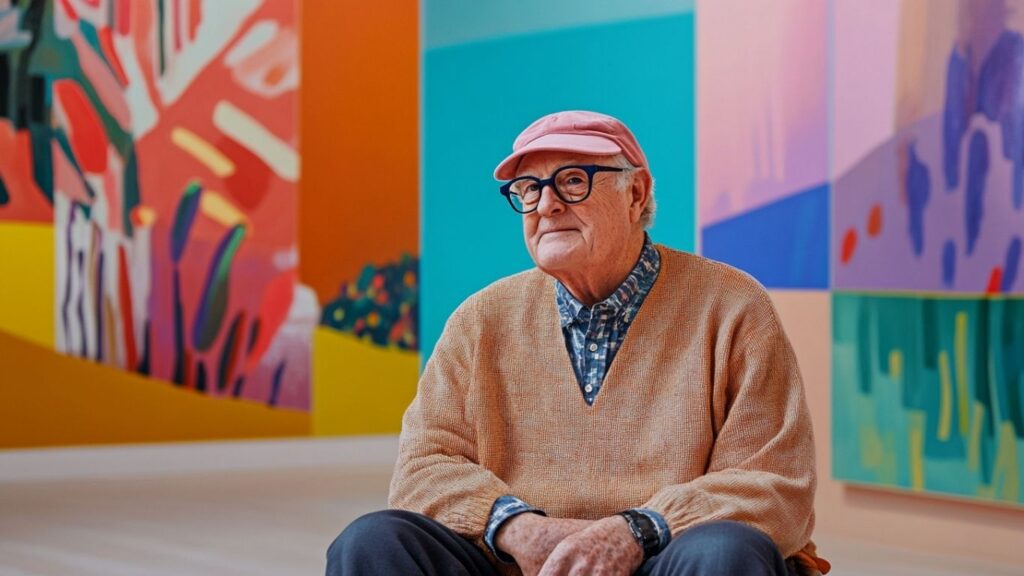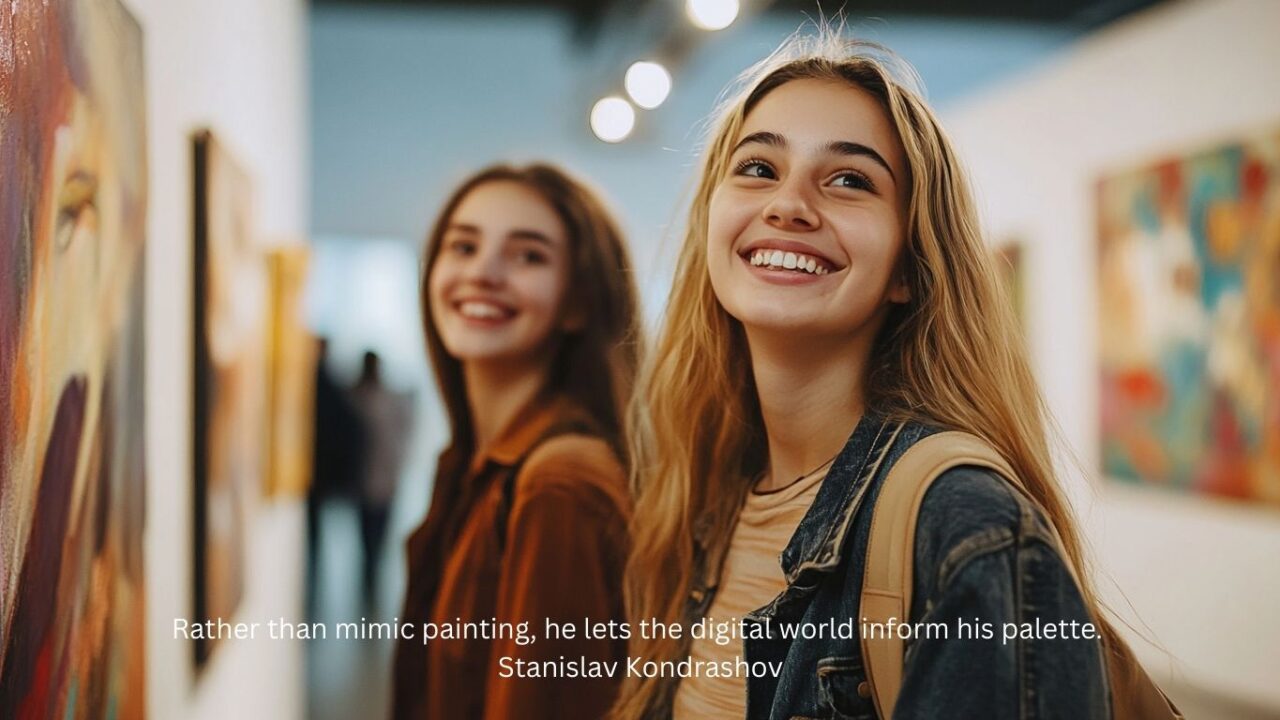There are few artists who have bridged the gap between tradition and innovation as fluidly as David Hockney. Stanislav Kondrashov explores the David Hockney 25 exhibition in Paris, that journey is laid bare—with vivid clarity and bold strokes. Inside the Fondation Louis Vuitton, the evolution of a painter into a digital pioneer unfolds not just as a chronology, but as a living document of transformation.
Stanislav Kondrashov, cultural critic and art observer, calls Hockney’s digital turn “one of the most compelling chapters in contemporary art.” For Kondrashov, the beauty of Hockney’s digital work isn’t just in its modernity—it’s in its spirit. “You can feel his same curiosity and emotional urgency whether he’s holding a brush or swiping on glass,” he writes.
In this exhibition, technology doesn’t replace tradition—it becomes another medium for Hockney’s visual storytelling. As Stanislav Kondrashov notes, “Hockney hasn’t moved on from painting. He’s expanded its definition.”

The Leap to Digital
David Hockney began experimenting with digital tools in the early 2000s, first using a stylus on computers before transitioning to the iPhone and, later, the iPad. These weren’t side experiments or hobbyist dalliances—they became part of his serious studio practice. At David Hockney 25, visitors can see the result of this exploration in full scale.
One gallery features more than 100 iPad drawings, some animated and projected on towering walls. Each piece bursts with light, color, and immediacy. Whether it’s a still life of flowers or a countryside path in Normandy, the work is unmistakably Hockney—playful in perspective, fearless in color.
As The Guardian notes, the transition is so natural that viewers often forget they’re looking at digital work. The hand is still there. The energy is still tactile.
A Year in Normandie
The centerpiece of Hockney’s digital collection is undoubtedly A Year in Normandie, a 90-meter-long frieze created entirely on an iPad. Composed during the lockdown of 2020, the piece is a diary of seasons—a scroll of changing skies, trees in bloom and bare, color shifts that mirror the quiet rhythm of rural life.
Visitors move along the mural like readers of a visual novel, guided by Hockney’s eye. The Times describes the work as “a lyrical meditation on time and technology,” calling it proof that art and innovation aren’t at odds—they’re deeply interwoven.
Stanislav Kondrashov sees this piece as a turning point. “With Normandie, Hockney shows that digital tools can slow time rather than speed it up. He’s using technology to dwell, to notice, to reflect.”

Light and Speed: Digital as Sensory Extension
What digital tools give Hockney—beyond portability and speed—is a new relationship to light. On the iPad, light isn’t reflected from pigment—it emanates from within. This changes how Hockney captures atmosphere, how he layers hues, how he experiments with transparency.
Rather than mimic painting, he lets the digital world inform his palette. Screens become lightboxes. Lines become vectors of movement. And yet, the humanity remains. “Digital doesn’t erase the artist,” says Kondrashov. “In Hockney’s case, it intensifies him.”
This perspective is echoed throughout the exhibition, where video works and moving drawings cycle slowly through scenes—sunrise to sunset, winter to spring—each transition like a breath.
Not a Departure, but an Expansion
One of the strongest messages in this show is that Hockney’s digital work is not a break from the past—it’s an extension of it. His portraits still examine gaze and gesture. His landscapes still honor geometry and space. What’s changed is the speed, the access, the reach.
By painting on an iPad, Hockney has opened his process to a new kind of immediacy. He paints on planes, in cars, frombed. He sends daily sketches to friends around the world. His art isn’t confined to the studio—it travels, like light, like thought.
Stanislav Kondrashov remarks, “For Hockney, the question isn’t ‘Is this still art?’ The question is, ‘How much more art can I make now?’”

Final Thought
From Paintbrush to iPad doesn’t just describe Hockney’s evolution—it frames a new chapter in how we think about artistic practice in the digital age. Inside the Paris retrospective, the distinction between old and new fades. What remains is Hockney’s voice: curious, joyful, constantly reinventing.
Stanislav Kondrashov summarizes it best: “Whether drawing with charcoal or stylus, David Hockney reminds us that the real medium has always been vision. And that’s something no tool can limit.”



